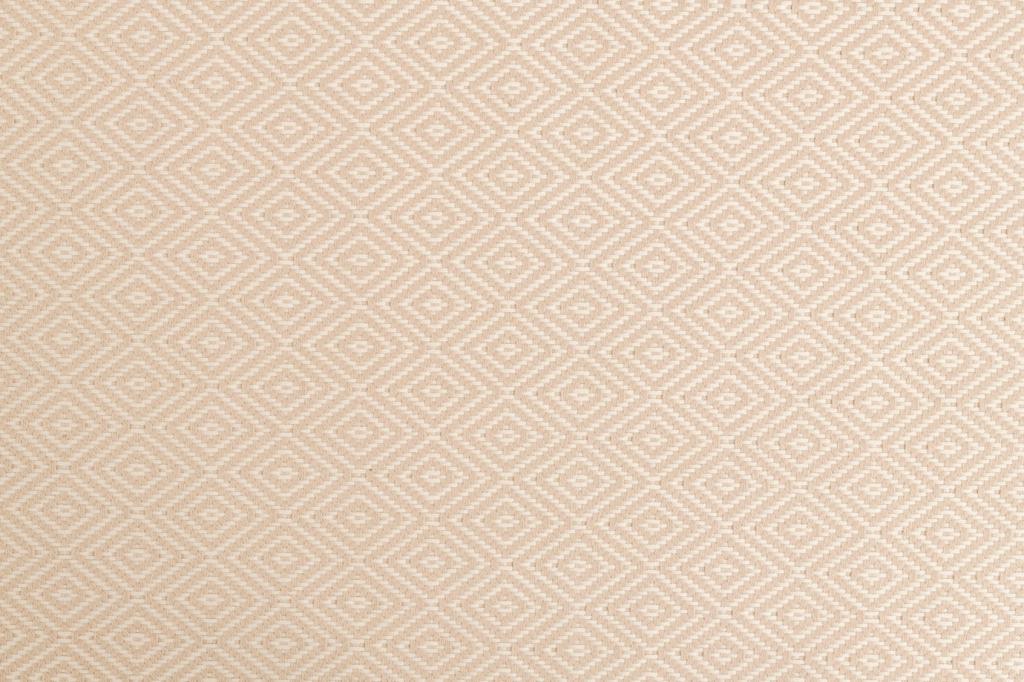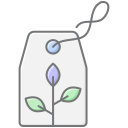Energy-Efficient Lighting Solutions for Interiors
Energy-efficient lighting has revolutionized the way we illuminate our indoor spaces, combining eco-friendly practices with cutting-edge technology for practical and appealing results. Smart design choices not only help reduce energy consumption but also enhance the comfort, ambience, and visual appeal of interiors. By adopting advanced lighting solutions, homeowners and businesses achieve substantial cost savings while also lessening their environmental impact. With a focus on both style and sustainability, today’s range of energy-efficient lighting options ensures that interiors remain vibrant, functional, and future-ready.

Understanding the Importance of Energy-Efficient Lighting
01
Reducing Environmental Impact
Transitioning to energy-efficient lighting solutions directly lowers greenhouse gas emissions and reduces the depletion of natural resources. Unlike older lighting options, advanced energy-saving fixtures use less wattage and have a longer lifespan, minimizing waste and the demand for frequent replacements. By choosing these options, individuals and organizations actively participate in environmental stewardship, helping to combat climate change and promote resource conservation. The cumulative effect of widespread adoption extends beyond individual households, benefiting entire communities and ecological systems.
02
Enhancing Day-to-Day Cost Savings
Energy-efficient lighting technologies offer substantial financial benefits over their lifetime. While the initial investment in quality fixtures and bulbs may be slightly higher, ongoing electricity savings quickly offset these costs. Reduced energy bills allow homeowners and businesses to allocate resources elsewhere, boosting overall budget efficiency. Maintenance costs also decrease, as these modern lighting systems require less frequent replacements and operate with greater reliability. Over time, these combined savings make energy-efficient lighting a savvy economic decision for both residential and commercial properties.
03
Improving Indoor Comfort and Wellness
Effective lighting is crucial for creating pleasant and productive interior environments. Energy-efficient solutions provide superior light quality, which reduces eye strain and promotes well-being. Many advanced systems offer adjustable color temperatures and brightness levels, allowing users to tailor ambiance for specific activities or times of day. These features foster a sense of comfort and support natural circadian rhythms, improving mood, concentration, and overall quality of life. Integrating efficient lighting is thus an investment not only in sustainability and savings but also in the health and happiness of occupants.
Light Emitting Diode (LED) technology stands at the forefront of energy-efficient lighting, offering unparalleled efficiency and adaptability. LEDs consume a fraction of the energy used by conventional incandescent bulbs and significantly outlast them, reducing both environmental impact and replacement frequency. Their versatility allows for integration into a wide array of interior applications, from recessed ceiling fixtures to striking accent lighting. LEDs are available in a variety of color temperatures and brightness levels, supporting the creation of dynamic and inviting spaces. Dimmable options and compatibility with smart controls further augment their appeal for modern interiors.
Types of Energy-Efficient Lighting Technologies
Designing with Energy-Efficient Lighting in Mind
Layered lighting involves the combination of ambient, task, and accent lighting to create multidimensional spaces that are both functional and inviting. Incorporating energy-efficient fixtures into each layer ensures continuous savings and environmental benefits, regardless of the lighting configuration. Ambient lighting provides overall illumination, while task lighting focuses on areas for reading or working, and accent lighting highlights artworks or architectural details. Effective layering not only improves usability but also introduces depth and interest, enhancing the overall look and feel of any interior.

